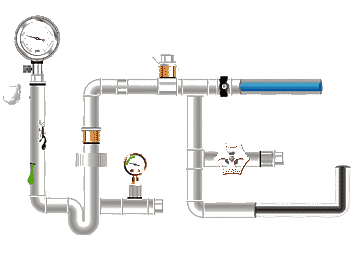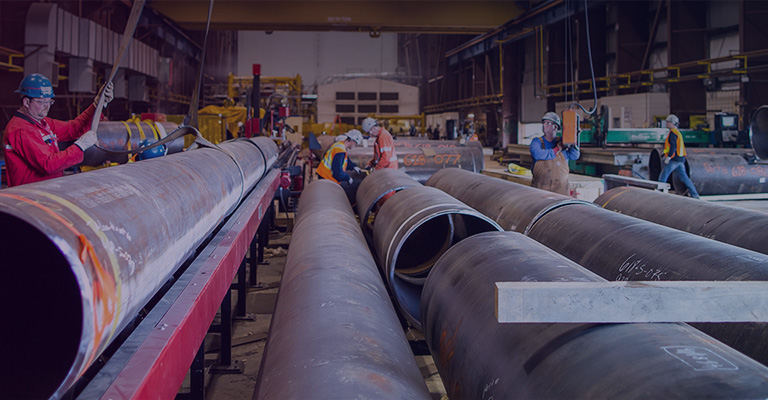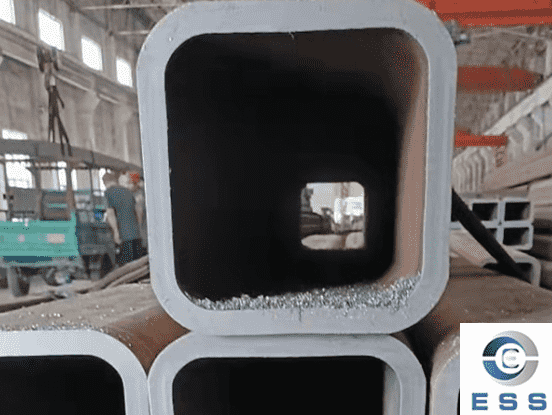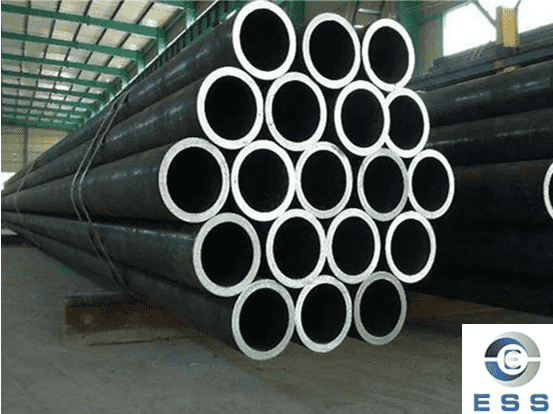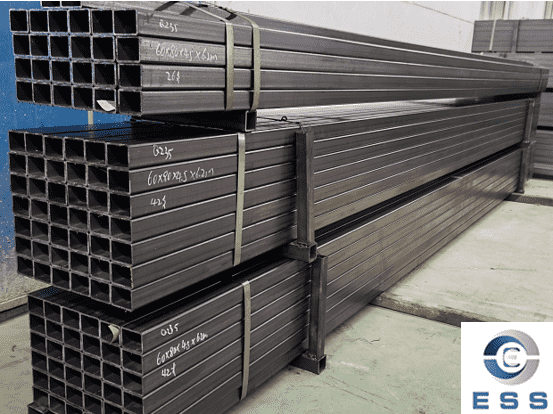Standard overview
The wall thickness of heat exchange tube refers to the thickness of the heat exchange tube wall, which affects the durability and heat exchange efficiency of the heat exchange tube. The thickness of the heat exchange tube is closely related to the heat transfer efficiency of the shell and tube, the quality of the heat exchanger, heat conduction and mechanical properties.
Principle of calculation of heat exchange tube thickness
How to calculate the thickness of the heat exchange tube? This is an important problem that needs to be solved when designing heat exchange equipment. According to the heat conduction theory, the relationship between heat flux density and heat conductivity coefficient, surface temperature and thickness can be expressed as the following formula:
q = k × ΔT / δ
Where q is the heat flux density per unit area per unit time, k is the heat conductivity coefficient, ΔT is the temperature difference between the inside and outside of the heat exchange tube, and δ is the thickness of the heat exchange tube.
Factors affecting the thickness of heat exchange tube
1. Heat transfer efficiency
Heat transfer efficiency is an important indicator for heat exchanger design. The heat transfer coefficient of the heat exchanger is closely related to the heat conduction between the shell surface and the inside. The wall thickness of the heat exchange tube will affect the heat transfer efficiency. The thinner the wall thickness, the higher the heat transfer coefficient.
2. The quality of the heat exchanger
The quality of the heat exchanger directly affects its service life and maintenance cost. When selecting the heat exchanger tube, the appropriate tube and thickness should be selected according to the required quality and usage scenario.
3. Mechanical properties
The heat exchange tube is often in harsh environments such as high temperature, high pressure and vibration. The greater the thickness, the better the mechanical strength of the heat exchanger and the stronger the corrosion resistance.
4. The surface temperature of the heat exchange tube
The temperature of the heat exchange tube surface is an important parameter for determining the thermal conductivity coefficient and heat flux density. The higher the surface temperature of the heat exchange tube, the greater the thermal conductivity coefficient, the greater the heat flux density, and a thicker tube wall is required to withstand greater pressure and thermal stress.
5. Thermal conductivity coefficient
The thermal conductivity coefficient is one of the important parameters in the calculation of the thickness of the heat exchange tube. It is closely related to factors such as the material and surface state of the heat exchange tube. The thermal conductivity coefficient under different materials and surface conditions varies greatly and needs to be analyzed according to the specific situation.
6. Crack factor
When the temperature difference between the inside and outside of the heat exchange tube is large, the heat exchange tube may undergo temperature deformation or even cracks. Therefore, when choosing the thickness of the heat exchange tube, these factors need to be considered to ensure that the equipment can operate stably for a long time.
How to choose the appropriate thickness of the heat exchange tube?
1. Choose the appropriate thickness according to the heat transfer efficiency
Heat transfer efficiency is one of the most critical indicators when designing a heat exchanger. In order to improve the heat transfer efficiency, you can choose a thin-walled tube to design the heat exchanger.
2. Choose the thickness according to the application scenario
For heat exchangers working in harsh application environments such as high temperature, high pressure and corrosion, thicker tubes should be selected to meet their mechanical strength and corrosion resistance requirements.
3. Choose the appropriate thickness according to economic benefits
On the premise of ensuring the performance of the heat exchanger, try to choose a thinner tube to design the heat exchanger to achieve better economic benefits.
Summary
The choice of heat exchange tube wall thickness should be determined according to specific use conditions and needs. During the selection process,
seamless steel pipe is usually used,attention should be paid to details and material quality to ensure the durability and heat exchange efficiency of the heat exchange tube.









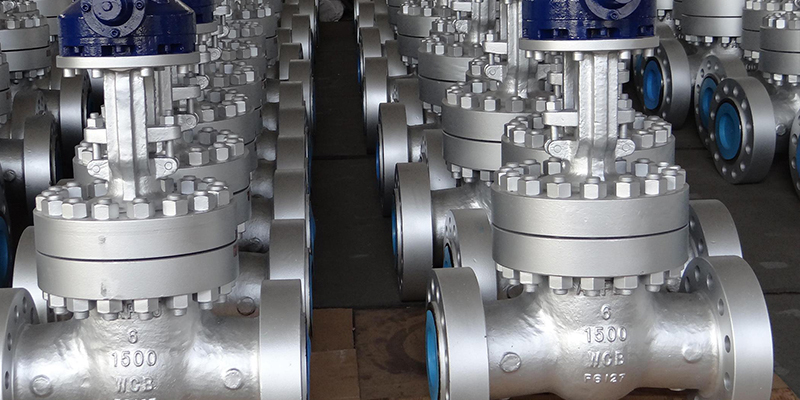
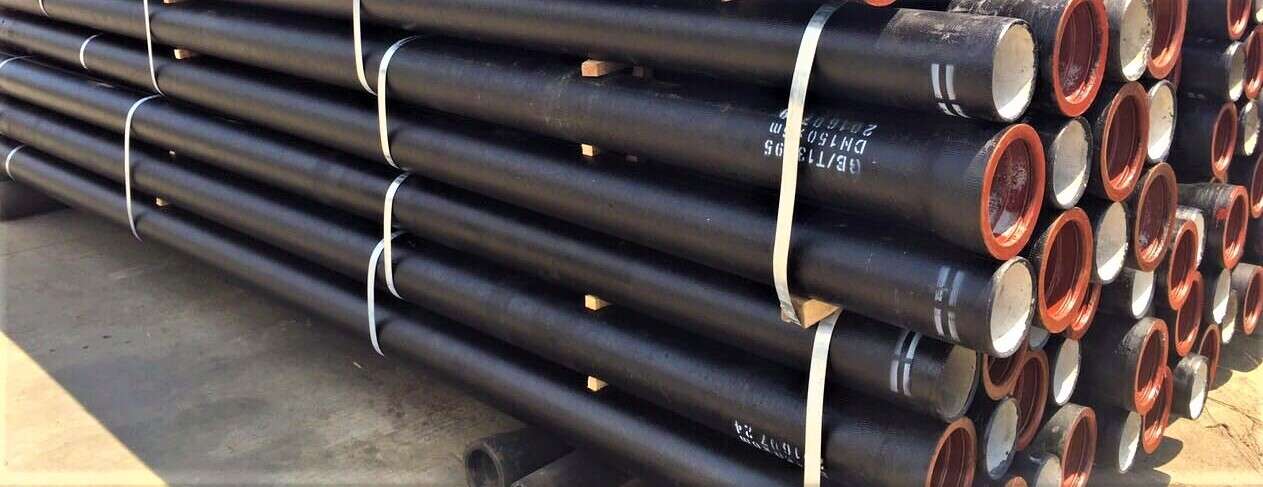


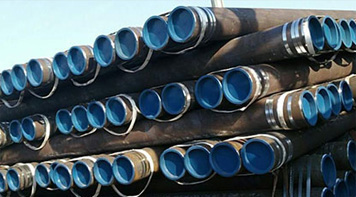 Eastern Steel Manufacturing Co.,Ltd not only improve product production and sales services, but also provide additional value-added services. As long as you need, we can complete your specific needs together.
Eastern Steel Manufacturing Co.,Ltd not only improve product production and sales services, but also provide additional value-added services. As long as you need, we can complete your specific needs together.
